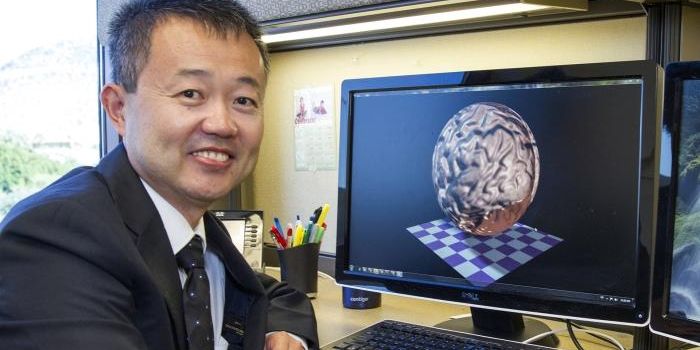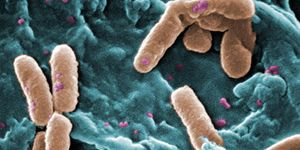A team of Spanish researchers believes that a sixth DNA base called methyl-adenine could regulate the expression of certain genes in eukaryotic cells. The base, called methyl-adenine (mA), might play "a specific role in stem cells and in early stages of development," according to an article published in Cell.

Until the 1970s scientists thought that DNA (deoxyribonucleic acid), the primary component of our genetic material, was a combination of four bases -- adenine, cytosine, guanine and thymine. The various permutations and combinations of these bases account for the genetic variability of living things.
In the early 80s, scientists added a fifth base, the methyl-cytosine (mC) derived from cytosine, to the four "classic" bases of DNA. In the late 90's it was determined that mC was the primary cause of epigenetic mechanisms. In other words, mC can turn genes on or off, as determined by the physiological needs of each tissue. Recently, researchers have determined that alterations in mC play a role in the development of diseases such as cancer.
The May 4 article published in Cell by Manel Esteller, director of the Epigenetics and Cancer Biology Program of the Bellvitge Biomedical Research Institute (IDIBELL), ICREA researcher and professor of genetics at the University of Barcelona, posits a sixth DNA base, methyl-adenine (mA). This base, according to Esteller, assists in determining the epigenome, making it critical in the life of the cells.
According to Esteller, "It was known for years that bacteria, evolutionarily very distant living organisms of us, had mA in its genome with a protective function against the insertion of genetic material from other organisms. But it was believed that this was a phenomenon of primitive cells and it was very static. However, this issue of Cell publishes three papers suggesting that more complex cells called eukaryotes such as the human body cells, also present the sixth DNA base."
He believes that lower life forms, such as algae, flies and worms utilize mA to regulate the expression of some genes, creating a new epigenetic mark. The research also indicates that mA has a defined role in "stem cells and early stages of development."
Esteller credited new analytical methods with high sensitivity for making the discovery possible. He concluded, "Now the challenge we face is to confirm this data and find out whether mammals, including humans, we also have this sixth DNA base, and consider what its role is."
Located near Barcelona, Spain, Bellvitge Biomedical Research Institute (IDIBELL) is a research center focused on cellular medicine. High-level basic research focuses and works on relevant clinical matters and fosters economic development, according to IDIBELL's website, www.idibell.cat/modul/the-institute/en.
Created in 2004, IDIBELL is a foundation that merged several research entities. It manages the research of the Bellvitge University Hospital, the Institut Català d'Oncologia (Catalan Institute of Oncology) and the University of Barcelona. In 2009, IDIBELL became one of the first five Spanish research centers accredited as health research institute by the Instituto de Salud Carlos III (Health Institute Carlos III).Esteller has nearly 500 publications to his credit, and Heyn has 28.
The story is based on materials provided by IDIBELL-Bellvitge Biomedical Research Institute in Barcelona, Spain. The results were published as Holger Heyn, Manel Esteller. An Adenine Code for DNA: A Second Life for N6-Methyladenine. Cell, 2015; DOI: 10.1016/j.cell.2015.04.021
For the story, see IDIBELL-Bellvitge Biomedical Research Institute. "Sixth DNA base discovered?." ScienceDaily. ScienceDaily, 4 May 2015.
.









